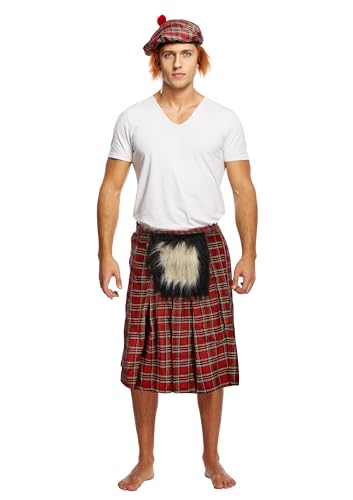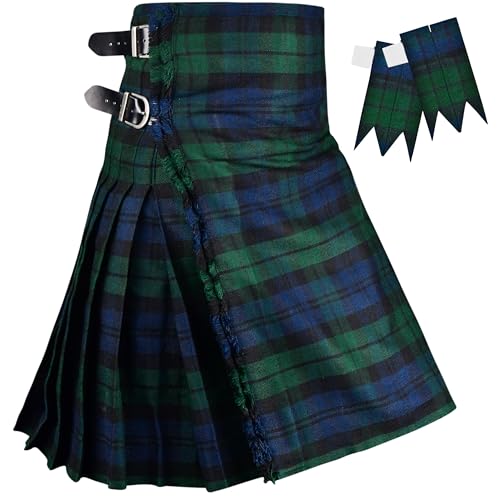The Origins of the Kilt
The kilt is an iconic piece of Scottish clothing that is instantly recognizable around the world. But where did this garment come from? The answer is not entirely clear, but it is believed that the kilt evolved over many centuries from the early belted plaid that was worn by Gaelic-speaking highlanders in Scotland.
The Belled Plaid
The belted plaid was essentially a large piece of fabric, often made from wool, that was wrapped around the waist, draped over the shoulder, and secured with a belt. It provided warmth and protection from the elements, as well as a convenient place to store weapons and other items. Over time, the garment became more tailored and fitted, with pleats and other design elements added.
The Modern Kilt
The modern kilt as we know it today really came into existence in the 18th century, when British soldiers stationed in Scotland began to adapt their own clothing to better suit the local climate and terrain. The traditional belted plaid was modified and simplified, eventually becoming the kilt that we recognize today.
Kilt-Wearing Today
Today, the kilt is still a beloved symbol of Scottish culture and heritage. It is often worn at formal events, such as weddings and graduations, as well as during traditional Highland games and other festivals. There are also many different tartans, or plaid patterns, each associated with a particular clan or family, adding to the rich and unique history of this iconic piece of clothing.
The Future of the Kilt
While the kilt continues to be a cherished part of Scottish tradition, it is also evolving to meet the needs of modern wearers. New materials, fabrics, and designs are being developed to make the kilt more comfortable and practical for everyday wear. As the world becomes more global and interconnected, the kilt remains a powerful symbol of a proud and distinct culture that continues to thrive in the modern era.






